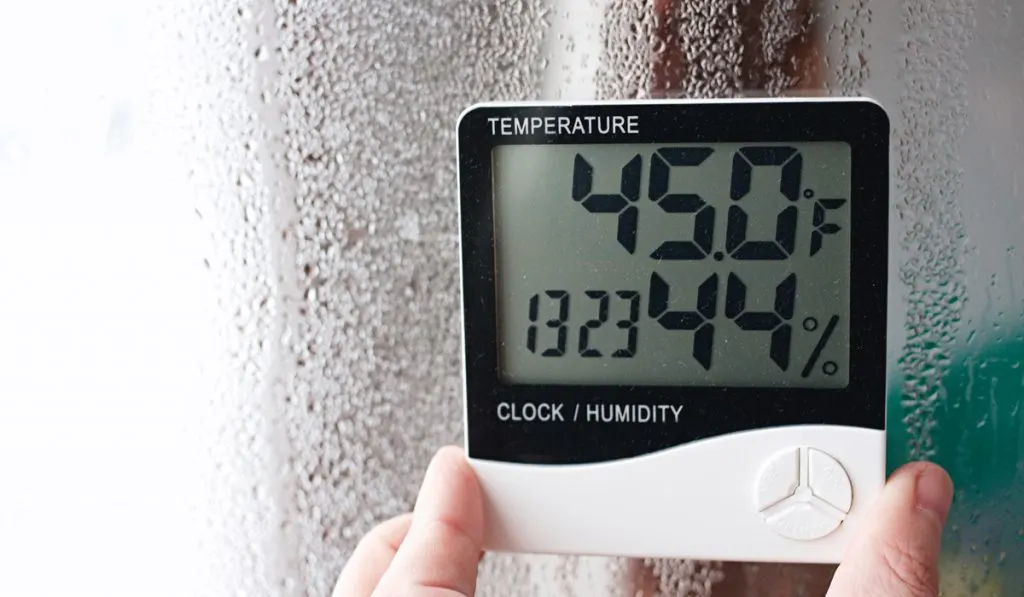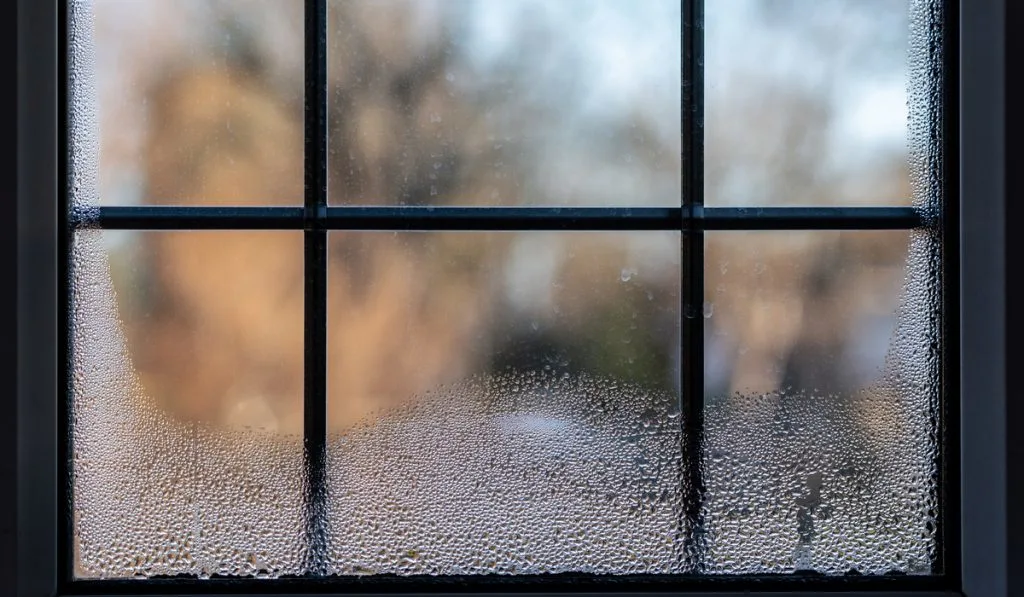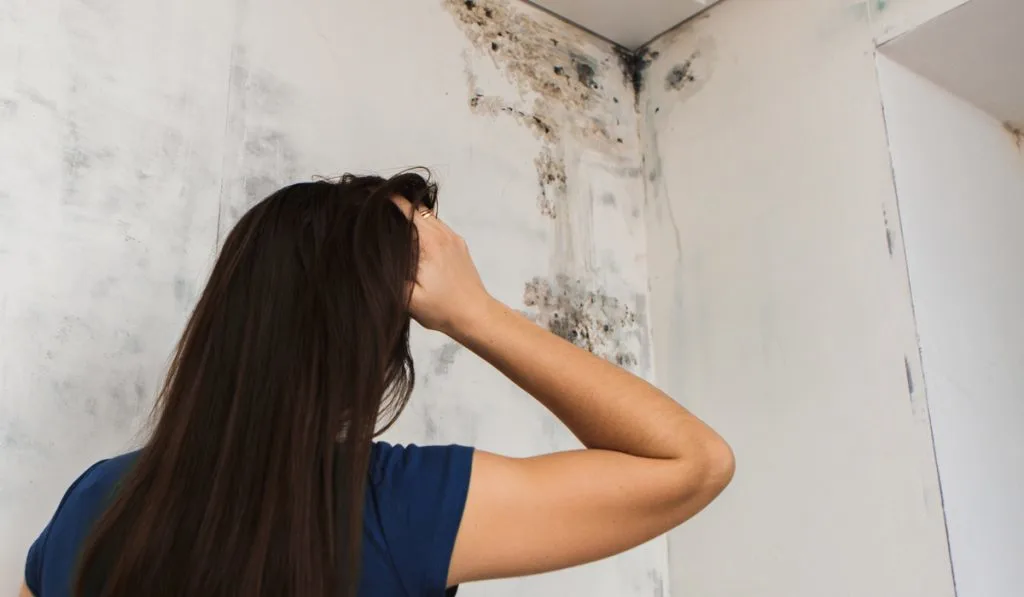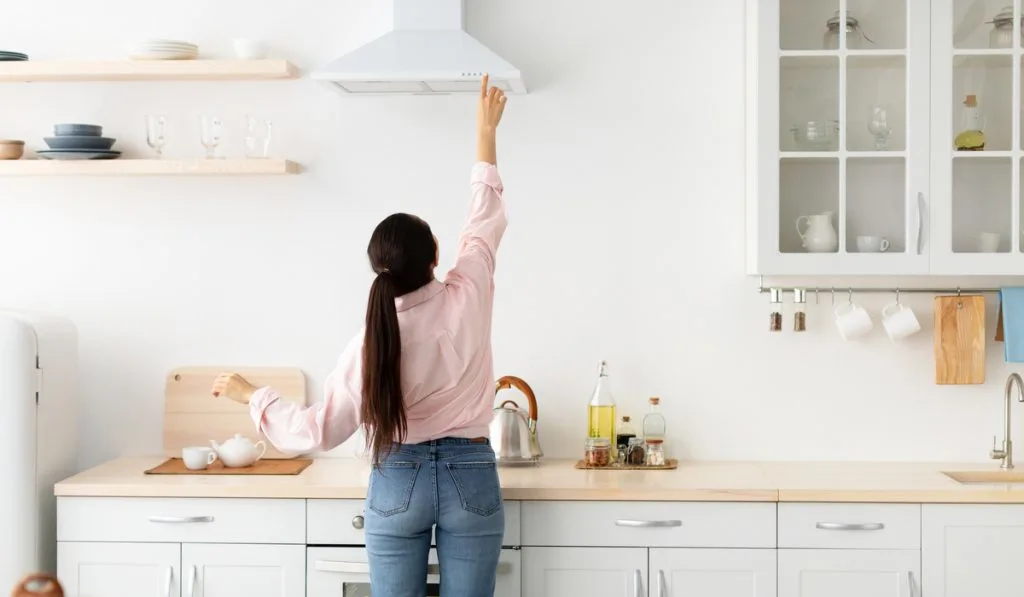You must have heard about humidity and how to maintain relative humidity (RH) in your home.
Optimal humidity levels range between low to medium levels. Too little humidity is uncomfortable and not good for your home. High humidity is also not good, as it is responsible for several home complications and health issues.
What causes humidity? Is it good or bad? Does it have any effect? This article will address these questions and others concerning high humidity, its symptoms, and its effects.
What is Humidity?
Humidity, or absolute humidity, is a measure of water vapor in the air.
High humidity means there is a higher amount of water vapor in the air, making the air feel moist and heavy.
On the other hand, low humidity is when less water vapor is in the air, making the air feel dry and light.
Relative humidity indicates how easily water can evaporate. Hot air can hold more vapor than cold air. So cold air will have higher relative humidity than warm air.
What is the Ideal Indoor Humidity Level?

How much humidity is safe for your home? When is it too low or high?
An ideal relative humidity level for a home environment is around 40%, according to the Environmental Protection Agency (EPA).
At this amount, the home atmospheric air is not only comfortable but also safe to breathe. This means that low or high humidity air might not be safe for your home and can affect your health.
What is Considered High Humidity?
Indoor relative humidity levels greater than 60% are considered high because the optimal levels are between 40%-50%.
If humidity is constantly high, mold and dust mites can flourish and create health issues like allergies. Mold can also cause structural damage to wood.
How Can You Measure the Relative Humidity?
You can use a hygrometer to measure the relative humidity in a room to determine if the level is within the recommended levels.
Hygrometers come in both digital and analog versions and are readily available and affordable.
What Causes High Humidity in a Home?
If you have an air-conditioning system, its main task is to cool your home by removing hot and moist air while introducing cold air. However, whenever there are high humidity levels that your HVAC can’t handle, the temperatures will keep rising, even to intolerable levels.
Apart from your HVAC not having the capacity to deal with the humidity or being broken, here are other causes of high humidity:
- Leaks – Leaks allow moisture levels to rise. Look for cracks or openings in the walls, pipes, or roof tiles.
- Daily Activity – Such activities as showering, cooking, and washing dishes add moisture to the air.
- Rising Damp – Although this is a rare problem, it is always a severe problem of high humidity whenever it appears. Rising damp is when moisture comes into the house from the foundation masonry, causing wet patches on walls and damage to window frames. Contact a professional immediately if you suspect your home has a rising damp problem.
6 Signs of High Humidity
If you don’t have a hygrometer to determine the relative humidity in your home, there are a few ways to determine if there is high humidity.
Let’s explore them.
1. Condensation on Windows

You may not immediately know or even feel it whenever you have high moisture levels in the house, but it soon starts showing.
How?
The water vapor condenses on surfaces with the most temperature contrast between the surrounding air and the air in the room. Such surfaces often include window panes, mirrors, pipes, and even doors.
When condensed on windows, the vapor looks like fog and feels damp to the touch. If you see this, then there is high humidity in the room.
In extreme cases, the visibility through the window might even get blurred, and over time, the windows might be damaged if this happens repeatedly.
Condensation on windows might also be a warning sign of impending danger related to high humidity, or the damage may already be occurring.
2. Visible Mold

If your house has a musty smell or any other smell that is noticeably off, mold might slowly be setting in. If you see mold, you have a high humidity problem.
It is common to find mold growing where it is often warm and damp, such as kitchens, laundry rooms, bathrooms, and even basements.
Mold is a major cause of concern because it easily spreads through microscopic spores that cause serious health complications if ignored.
When countering mold, reducing the relative humidity is not enough. You also need to remove the mold organisms by cleaning the surfaces you find them on.
3. Mildew Smell
Although mildew is common in rooms with little airflow, like a basement, high humidity levels can cause mildew to appear elsewhere.
Mildew has a musty, damp smell. Even if you can’t see it, if you can smell it, you already have a high humidity problem in your home.
4. Allergy-Like Symptoms

Suppose you find yourself suffering more from allergy symptoms like chronic coughs, wheezing, sneezing, mild to severe headaches, or even difficulty breathing whenever you come home.
That’s probably due to high humidity in the house.
High humidity “breathes” life into the viruses, bacteria, and allergens present in the air, thereby increasing the chances of you and your family getting affected.
In this case, if you are exposed to high humidity levels for too long, you might develop asthma-related complications.
5. Damaged or Discolored Surfaces
High humidity levels in a home will gradually cause damage to the structures of the house and the items within the space.
However, the level of damage and how much the damage manifests itself will often differ, depending on the material of the damaged item.
Wood, for example, is greatly affected by moisture. If your home has high humidity, wooden floors, windows, and doors will soon develop spotting or discoloration or even become warped.
High humidity also causes paint to flake or bubble and stucco to crumble.
Wet stains and discoloration on the ceilings are also signs of high interior humidity. These are a clear call for action.
6. Sleeping Problems

If you did not know, high humidity levels adversely affect the quality of your sleep.
If the relative humidity level of a bedroom is high, the occupants will have a rough time falling asleep or, even worse, staying asleep.
With high humidity, the body will strive to cool off and maintain the optimal body temperature throughout the night. Humidity also worsens sinus congestion and other symptoms.
Due to the lack of comfort, you will toss and turn around.
To counter this, invest in a fan or a dehumidifier to help reduce the relative humidity and circulate air. 100% cotton sheets are more breathable than polyester and blended fabrics.
How to Reduce Humidity at Home
If you have a high humidity problem, here are some ways you might find helpful in lowering the humidity level.
Use Your Air Conditioner
If you have a functioning, high-quality air conditioner, it can function like a mild dehumidifier by removing moisture from the air input and giving an output of cold, drier air.
Use Proper Ventilation When Cooking

Whenever you cook, switch on the exhaust fans over your stove and contain steam with lids. Slow cookers are also ideal compared to stovetop or oven cooking because they produce less moisture.
Use a Dehumidifier

Dehumidifiers reduce humidity by causing water vapor to condense inside the machine and blowing drier air back out.
Depending on your needs, you can use portable dehumidifiers that can easily be moved from room to room or opt for whole-house dehumidifiers that directly connect to your HVAC system.
Proper Ventilation and Insulation
Proper ventilation and insulation prevent high humidity.
Adequate ventilation will help eliminate humidity in rooms that often get hot and moist, like kitchens and bathrooms.
Insulation on windows, doors, and ceilings is also vital to keep these surfaces weatherproof throughout the year.
However, ventilation and insulation must be installed properly to combat humidity effectively.
Check Your Dryer Exhaust Vent
A tumble dryer releases a lot of humidity, so check that the exhaust vent and piping are directing the moist air outside and that they don’t have any leaks.
You can also line dry your clothes outside in the sunshine.
Try Cooler Showers
For reduced humidity emanating from the bathroom, consider taking colder showers. If it’s hot outside, a cool shower can be refreshing.
Put Your Houseplants Outside for a While

To avoid high humidity indoors, don’t overwater your indoor plants.
But to tackle the immediate problem of high humidity, temporarily move your houseplants outdoors to prevent water evaporation from the soil.
Conclusion
For an indoor environment, high humidity is not good for the structures and fittings or the occupants of the home. As mentioned above, high humidity has a wide range of adverse effects that only worsen if neglected.
I hope this article helped point out whether your home is on the safe side of the humidity scale or the red-beeping-alarm side. Gauge it yourself and take action!
Resources
- https://www.abchomeandcommercial.com/blog/what-causes-high-humidity-in-a-house/
- https://hvac-boss.com/hvac-repair/signs-of-high-humidity-in-your-home/
- https://www.getawair.com/blog/6-health-symptoms-associated-with-humidity
- https://iaq.works/humidity/top-signs-your-home-is-suffering-from-high-humidity-levels/
- https://homeclimates.com/blog/tips-controlling-homes-humidity
- https://www.sansone-ac.com/homes-not-hot-just-humid/
- https://meyerair.com/warning-signs-your-home-has-a-high-humidity-level/
- https://extension.umn.edu/moisture-and-mold-indoors/do-you-have-too-much-moisture-your-home

